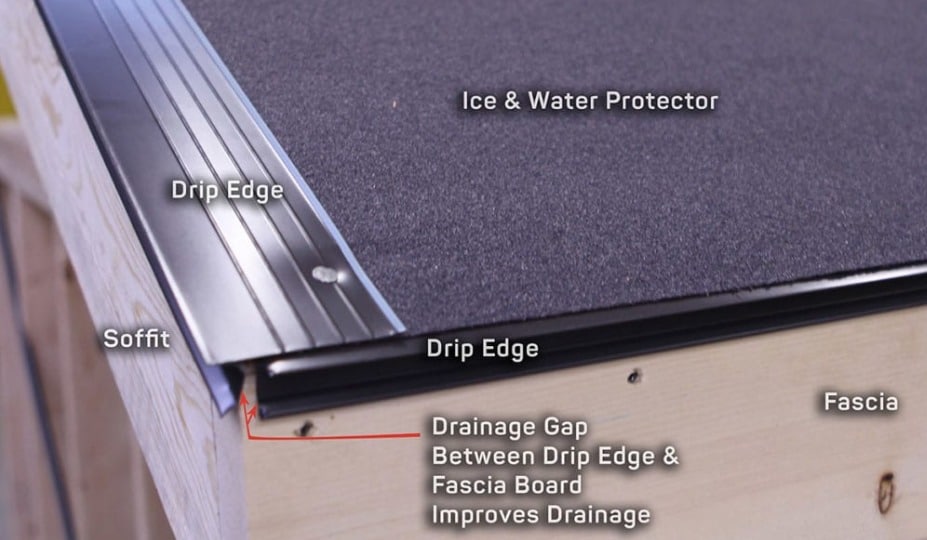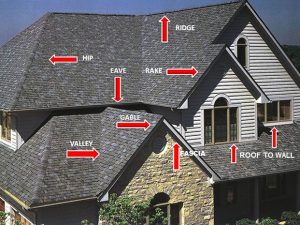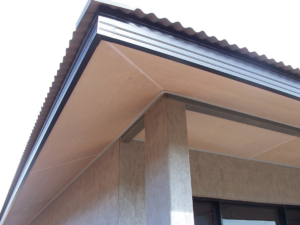The rake boards give your roof the finished look you want to enhance your home’s curbside appeal and serve as an added defense against moisture. To educate local homeowners, we’ve put together a “roofing terms” explained piece dedicated entirely to rake boards and the rakes of your roof.
So, what is a rake? Rakes, in reference to the roof, aren’t the same as the rake you use to move leaves around on the ground. Rakes aren’t precisely on the roof either. This roofing term describes the exposed outer portion of a gable roof that extends from the eave up to the ridge. The rake can be flat, consisting of just the top of the siding, fascia boards attached to boxing, or pieces of trim attached to the fascia boards at those locations. You can close in this overhang or leave it open. Overhanging exposed, overhanging and boxed in, and abbreviated or extended are the three most common types of roof rakes. Roof leaks can be common along this roof area, especially in colder climates where ice dams are more common. Although roofing companies in Charlotte, NC, don’t deal with ice dams as often as in other parts of the country, it’s still important your local contractor is aware of this sensitive area on your roof. This experience ensures they install the appropriate drip edge or rake components in this area.
What is a roof rake board?
The purpose of the rake board is to prevent water from running behind the siding, which helps prevent water damage. Rake boards vary in size and are most commonly wood. Some residential homeowners choose to have the rake board wrapped with metal for a more finished look. The type of roofing material your builder uses will depend on the style of trim and fascia on the rest of the home or building. Rake boards are commonly installed on brick homes to cover the exposed top edge of the brick.
Common Problems
Rake boards, although primarily aesthetic, serve as an added defense against moisture entering your home or roofing system. Given their purpose, the most common problem in this roof area is moisture itself. It’s essential to check for cracked, damaged, or rotting rake boards around your home. Another common problem in this area is pest damage. Animals and insects seek out gaps or missing pieces of soffit and fascia around a house. Pests can use gaps or crevices in your roofing system as an entrance into your attic space, so it’s vital to have these roof repairs done as soon as possible.
Drip Edge on Rakes
Drip edges are metal components, usually shaped like an “L,” installed along the edges of a roof. Their purpose is to direct water away from the fascia boards along the roof perimeter and typically into a gutter. Without a drip edge, water can end up underneath the shingle and can cause water damage to other roofing areas. Drip edges are not an alternative to rakes but rather an added protection, preventing excess water from clinging to the rake board and causing decay.



